The report compiles hundreds of studies by scientists from universities, conservation organizations and research institutes around the world. As a result, 290 species of plants, 19 species of fish, 24 species of amphibians, 46 species of reptiles and one species of mammal have been found in Cambodia, Laos, Myanmar, Thailand and Vietnam. These discoveries contribute to the total number of species discovered in the region to 3,390 since 1997.
Some species discovered in Vietnam:
Rhododendron tephropeploides is a white flower species discovered on Fansipan, the highest mountain peak in Vietnam and part of the Hoang Lien Son mountain range.
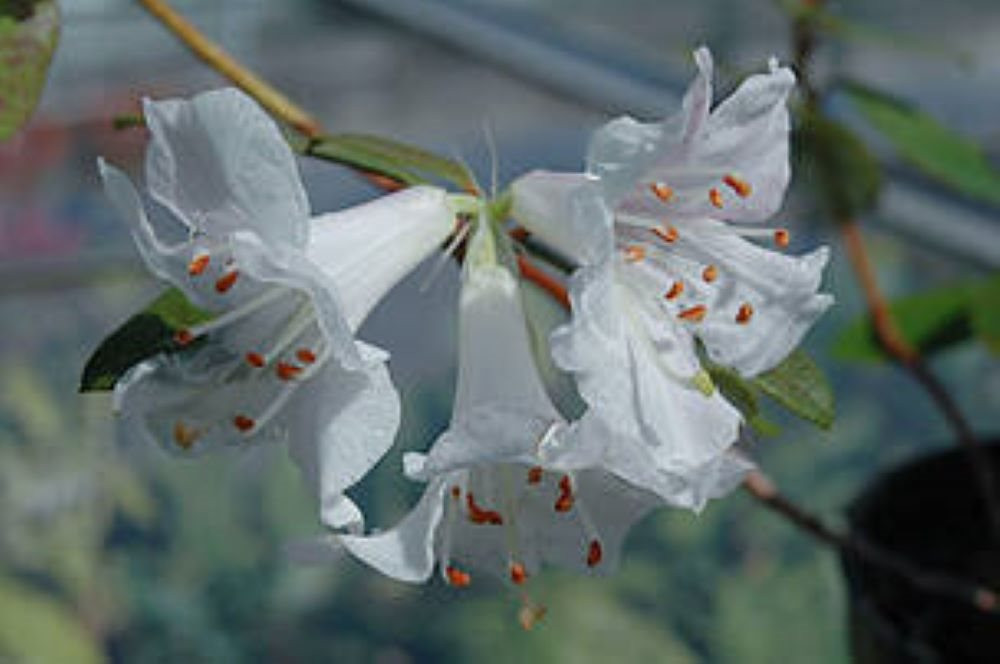
Xephoanthus nubigenus, meaning “cloud flower”, is found in the cloud-covered forests of the Lang Biang plateau in Lam Dong province.
Theloderma khoii – Mossy Frog Khoi is a large frog with a mossy green colour, which helps it blend in with moss and lichen-covered rocks. This master of camouflage is found in deep, narrow valleys in the limestone mountain forests of Northeastern Vietnam.
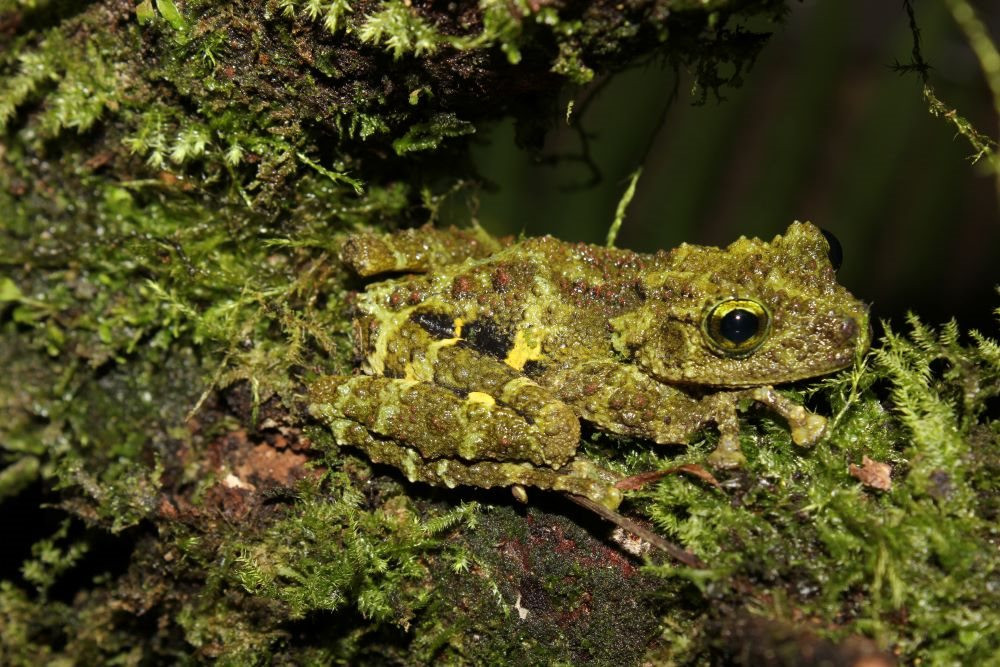
Subdoluseps vietnamensis is a skink found in forests around acacia forests and rubber plantations in Ba Ria-Vung Tau and Binh Thuan provinces, southern Vietnam. Thanks to its ability to burrow in the sand, this species can avoid predators and fires.
Xenopeltis intermedius is a snake named after the iridescent scales on its body, discovered at an altitude of 2,500m above sea level in the Central Truong Son region.
These new species are under great pressure from deforestation, habitat destruction, road development, pollution, disease spread by human activities, competition with invasive species and the devastating impact of illegal wildlife trade, said Mr. Nguyen Van Tri Tin, Wildlife Conservation Program Manager of WWF-Vietnam.
"Many species have become extinct before they are discovered. More than ever, we need urgent action to prevent the extinction of wildlife by protecting their habitats, supporting the recovery of natural populations, re-wilding and preventing illegal hunting and trade of wildlife," Mr. Tin emphasized.
In the report’s foreword, Dr. Truong Q. Nguyen from the Institute of Ecology and Biological Resources, Vietnam Academy of Science and Technology, said: “To reverse the alarming rate of biodiversity loss in the region, we need urgent, science-based and coordinated efforts. Governments, NGOs and the public need to pay more attention to conservation solutions. To help scientists discover more species in biodiversity hotspots, it is necessary to increase the use of new technologies such as bioacoustics and gene sequencing technology.”
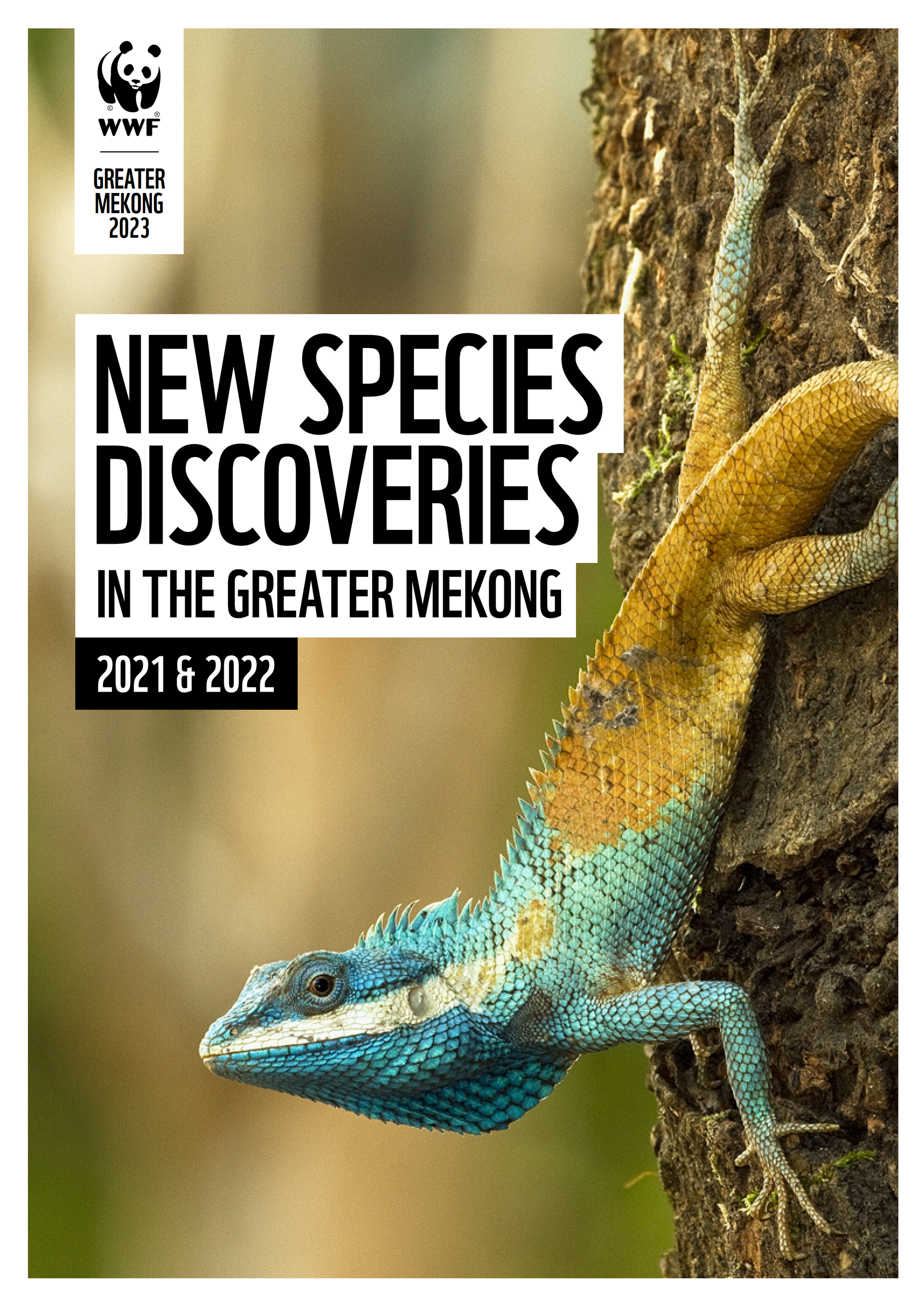
Today, WWF works with government, non-profit and private sector partners in five countries of the Greater Mekong Subregion to develop conservation strategies for species and their habitats.
These programs focus on protecting endemic species such as the Asian Elephant, Irrawaddy Dolphin and Tiger, as well as their habitats including forest, river and ocean ecosystems. To halt the decline of wildlife, WWF is supporting improved management of protected areas and addressing the snaring crisis, trading venues including online, illegal wildlife, and financial crime associated with wildlife trafficking.
The report highlights some species such as:
Cambodian Agama Lizard: An aggressive lizard with a blue crest, which changes color as a defense mechanism and was found near an Angkorian-period archaeological site.
Hayes' Bat with Thick Thumb: A species of mouse-eared bat has an unusually fleshy thumb. A specimen of this species was displayed in a Hungarian museum and after 20 years it was determined to be a new species.
Dendrobium fuscifaucium: A small orchid with bright pink and yellow shapes that resemble "Mah na mah na" puppets.
Suzhen banded krait: A highly venomous snake, named after the snake goddess Bai Su Zhen in Chinese mythology known as the Legend of the White Snake.
Cleyera bokorensis: An evergreen shrub threatened by a casino, dam and residential development in Cambodia.
The Thai crocodile newt in Vietnam is threatened by land encroachment for agriculture and logging, as well as hunting by people for folk medicine to treat stomachaches and parasitic infections.
The curved-toed Thai gecko, named after the mythical tree goddess Rukha Deva, lives in the trees and protects forests. Found in the Tenasserim Mountains bordering Myanmar, it opens its mouth in a menacing manner and flicks its tail from side to side when threatened.
A new species of gecko has been discovered in the Lao capital Vientiane. Its habitat is being fragmented by construction projects.
Hebius terrakarenorum: A semi-aquatic snake found in the Dawna-Tenasserim landscape between Thailand and Myanmar. The species measures approximately 650mm in length, and was identified from roadkill specimens and a few photographs. Collection of these specimens took place over a decade.
Source



![[Photo] President of the Cuban National Assembly visits President Ho Chi Minh's Mausoleum](https://vphoto.vietnam.vn/thumb/1200x675/vietnam/resource/IMAGE/2025/10/1/39f1142310fc4dae9e3de4fcc9ac2ed0)



![[Photo] Keep your warehouse safe in all situations](https://vphoto.vietnam.vn/thumb/1200x675/vietnam/resource/IMAGE/2025/10/1/3eb4eceafe68497989865e7faa4e4d0e)
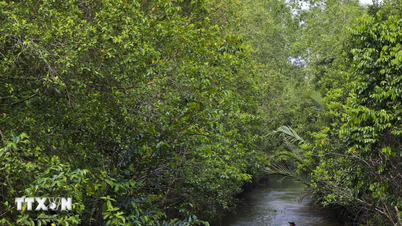

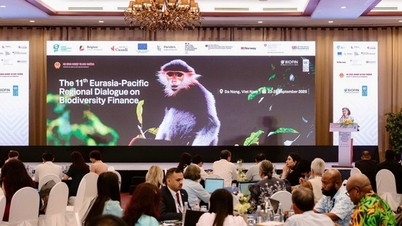





























![[Photo] Hanoi morning of October 1: Prolonged flooding, people wade to work](https://vphoto.vietnam.vn/thumb/1200x675/vietnam/resource/IMAGE/2025/10/1/189be28938e3493fa26b2938efa2059e)






































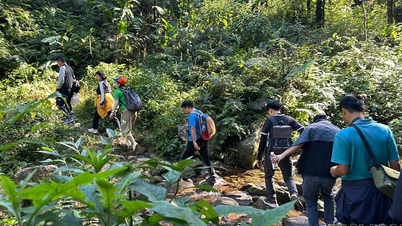

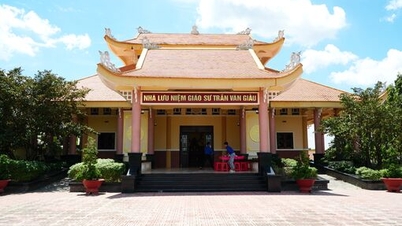





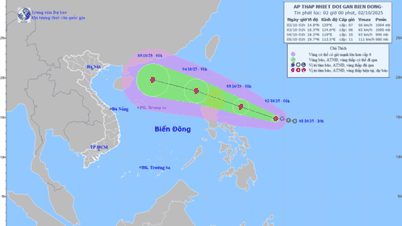














Comment (0)